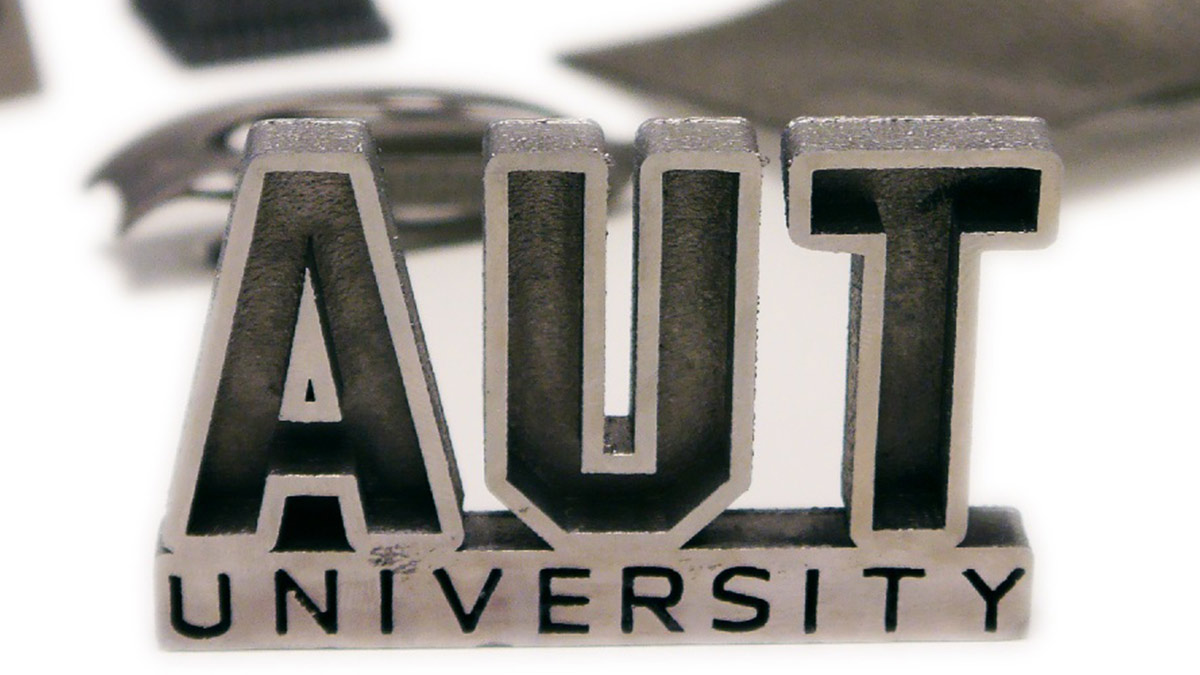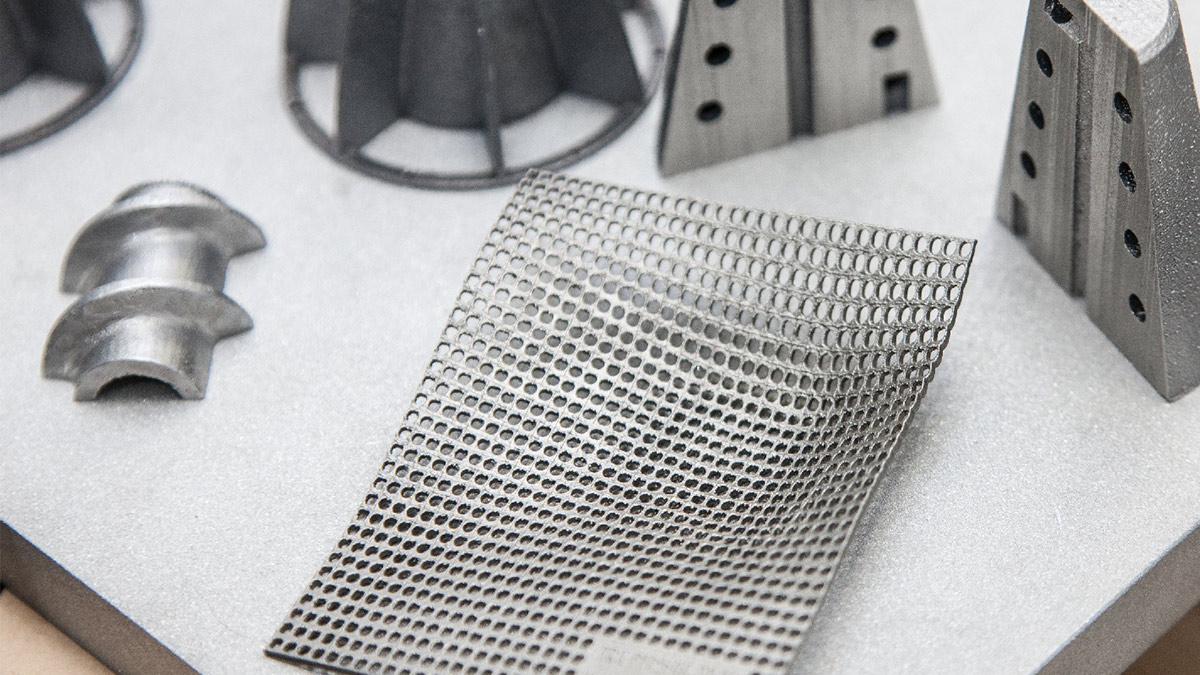Selective Laser Melting
SLM (also known as Renishaw’s laser melting) is an additive manufacturing technology that uses a high powered ytterbium fibre laser to fuse fine metallic powders together to form functional 3-dimensional parts.
The process is digitally driven, direct from sliced 3D CAD data, in layer thicknesses ranging from 20 μm to 100 μm that form a 2D cross section. The process then builds the part by distributing an even layer of metallic powder using a recoater, then fusing each layer in turn under a tightly controlled inert atmosphere. Once complete, the part is removed from the powder bed and undergoes heat treatment and finishing depending on the application.
Uses and materials
Early adopters of laser melting for medical orthopaedics benefit significantly from the ability of laser melting to manufacture complex geometries and structures in high grade materials such as titanium. From patient-specific implants to ultimately, volume production of orthopaedic implants featuring hybrid structures and textures; laser melting has the potential to unlock manufacturing capabilities that combine free-form shapes and intricate lattice structures that improve osseointegration, leading to much improved patient outcomes.
From tooling inserts featuring conformal cooling channels, through to lightweight structures for aerospace and high technology applications, laser melting significantly reduces the constraints on designers. This design freedom results in optimised structures and shapes that would otherwise be constrained by conventional processes or the tooling requirements of large volume production. Laser melting helps to reduce lead times, reduces tooling costs and permits the creation of designs not previously possible.
We use:
- Aluminium ALSi10
- Cobalt chrome
- Titanium Ti64
- 316L Stainless Steel
Use the lab
Have a design project you want to work on? Contact us to discuss how we can help.


